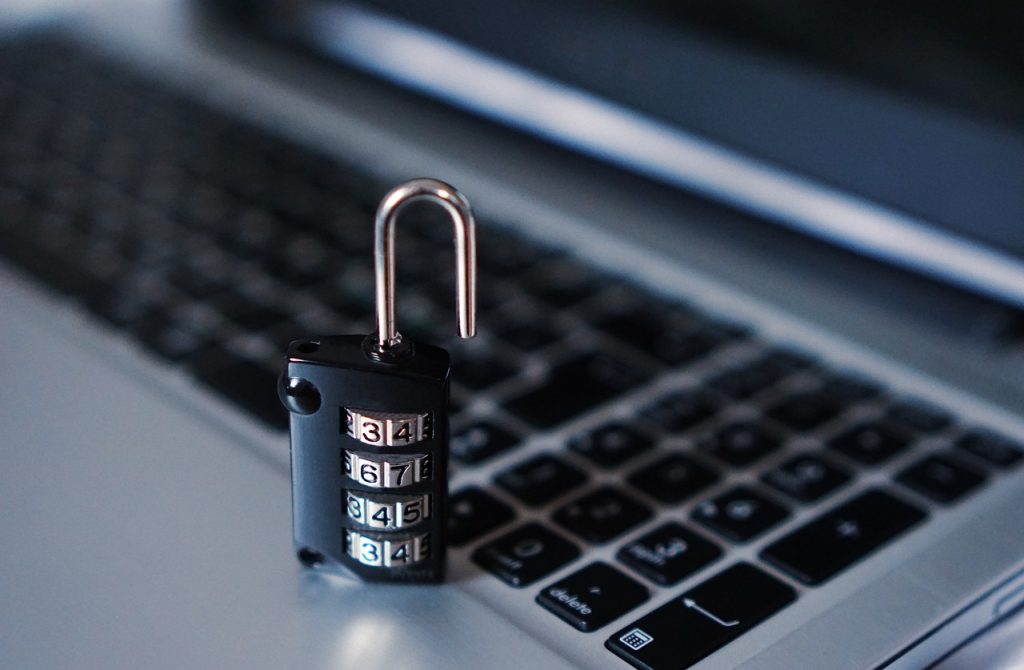In present day interconnected world, safety structures play a crucial position in defensive homes, companies, and private statistics.
However, as these systems turn out to be more advanced, they also boost full-size privacy worries.
The delicate balance among retaining sturdy protection and safeguarding prhttps://imperialsecurity.com.au/ivate privacy is a urgent issue.
This weblog post explores the intersection of security structures and privacy, highlighting how present day technology can on occasion blur the lines.
By knowledge the ability risks and advantages, individuals and groups can make informed decisions to make certain that their security measures do not compromise their privateness rights.
The Evolution of Security Systems
The evolution of safety systems has been marked by fast technological advancements, transforming from simple mechanical locks to sophisticated digital solutions.
Initially, safety depended on bodily barriers and basic alarm systems.
Over time, the appearance of electronic structures introduced CCTV cameras and motion detectors, improving surveillance talents.
The digital generation delivered even more complexity with the integration of biometric authentication, clever domestic technologies, and artificial intelligence.
These contemporary systems can now examine styles, expect threats, and provide real-time alerts.
However, this progress also way that protection devices are an increasing number of related to the internet, amassing and transmitting sizeable amounts of records, consequently intertwining security improvements with new privateness challenges.
Privacy Concerns in Modern Security Systems
Modern safety structures, at the same time as enhancing safety, also pose huge privateness concerns.
These systems regularly collect sizeable private information, consisting of video photos, biometric data, and vicinity facts, potentially exposing people to privateness dangers.
Issues inclusive of unauthorized get entry to, facts breaches, and the misuse of touchy information are increasingly more common.
Additionally, the capacity for continuous surveillance by means of smart gadgets raises questions about the extent to which people are monitored in their own homes or places of work.
As these technology become more included into each day life, the mission is to make sure that safety does now not come at the cost of private privateness.
Balancing Security and Privacy
Balancing security and privacy in cutting-edge structures requires careful consideration and strategic implementation.
Employing encryption is vital, because it guarantees that facts, whether at relaxation or in transit, is covered from unauthorized access.
Minimal records retention policies help by way of storing handiest important records for the shortest time possible.
Implementing get admission to controls guarantees that most effective legal employees can view touchy statistics.
Transparency with customers about what information is accrued and how it’s far used builds agree with and informs consent.
Additionally, incorporating privateness via layout concepts, where privacy safeguards are integrated from the outset of gadget development, is crucial.
These tactics assist hold robust security even as respecting privateness, permitting users to feel secure without fearing invasive surveillance or statistics misuse.
Regulatory and Ethical Considerations
Navigating the regulatory and moral panorama is essential for deploying security structures responsibly.
Laws like the General Data Protection Regulation (GDPR) and the California Consumer Privacy Act (CCPA) mandate strict guidelines on information collection, usage, and consumer rights.
These policies goal to guard non-public information and ensure transparency and responsibility.
Ethically, there’s a responsibility to stability the want for protection with admire for individual privacy.
This involves thinking about the implications of surveillance, statistics sharing, and capacity biases in AI-driven systems.
Compliance with those criminal and moral requirements no longer most effective avoids consequences however additionally fosters consider and demonstrates a commitment to consumer privacy.
Best Practices for Consumers and Businesses
For each clients and groups, adopting nice practices in using protection systems can drastically decorate privateness protection while keeping protection integrity.
For Consumers:
Research and Choose Wisely: Select protection systems from reliable providers recognised for prioritizing privacy. Look for structures with sturdy encryption and minimal records retention.
Configure Privacy Settings: Adjust settings to limit records series and sharing. Use capabilities like geofencing and movement detection zones to restrict pointless surveillance.
Regular Updates: Keep the machine’s firmware and software program updated to guard towards vulnerabilities and exploits.
Understand the Policy: Read and recognize the privateness coverage of any safety system to know how your information is treated and who has get entry to to it.
For Businesses:
Conduct Risk Assessments: Regularly evaluate the security and privateness dangers associated with the systems used and put into effect necessary controls.
Train Employees: Educate group of workers about data privacy, security practices, and capability threats to prevent human mistakes main to statistics breaches.
Limit Data Access: Ensure that only legal personnel have get admission to to sensitive statistics and use multi-aspect authentication to secure this get right of entry to.
Data Minimization and Anonymization: Collect most effective the information needed for safety functions and don’t forget anonymizing records to similarly shield person privateness.
Engage with Stakeholders: Communicate with clients and employees approximately how their information is protected, addressing any worries transparently and right away.
By following those hints, each customers and groups can strike an effective balance between sturdy safety and the protection of private privateness.
The Role of Technology Providers
Technology companies play a essential role in balancing safety and privateness by using designing structures that inherently respect person privateness whilst delivering strong protection.
They need to prioritize privateness by means of layout, embedding privateness capabilities at the core of product improvement.
This consists of enforcing sturdy encryption, secure authentication methods, and making sure that facts is most effective collected, stored, and processed as important.
Providers should also offer transparent privateness rules, explaining data utilization certainly to customers and providing smooth-to-use privateness controls.
Additionally, they need to often replace and patch their structures to shield against emerging protection threats.
By proactively engaging with regulatory requirements and ethical concerns, era providers can lead the way in developing secure environments that shield users’ facts privacy and construct trust of their services and products.
Conclusion
The intersection of safety systems and privateness is a complicated terrain that requires careful navigation.
By understanding the evolution of these structures and the privacy concerns they raise, individuals and organizations can better stability safety desires with privateness rights.
Adhering to regulatory and moral standards, implementing high-quality practices, and relying on accountable technology carriers are key steps in this journey.
As protection technologies preserve to evolve, the dedication to safeguarding privacy ought to also reinforce, ensuring that safety upgrades do not come on the cost of personal freedoms.
The destiny of safety is one which respects and protects privacy in all its bureaucracy.


